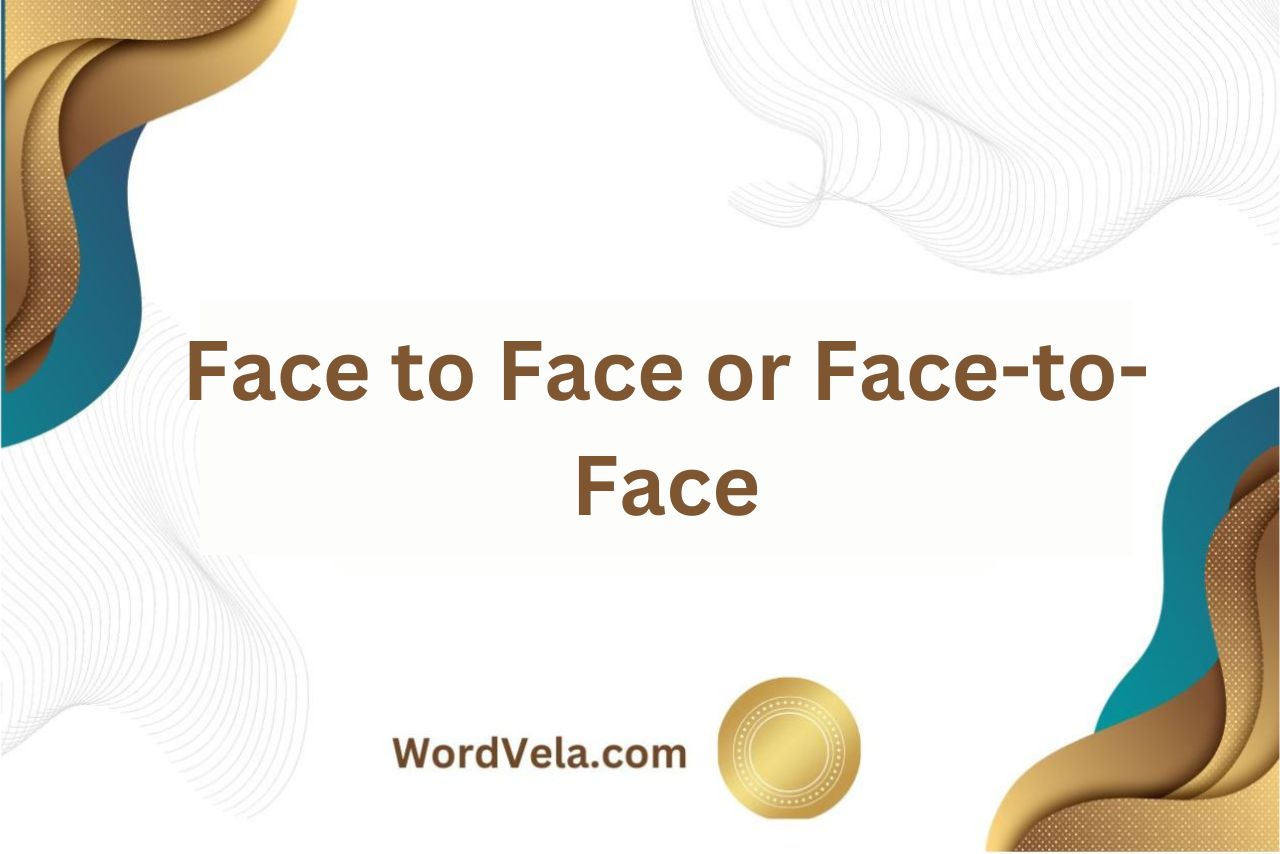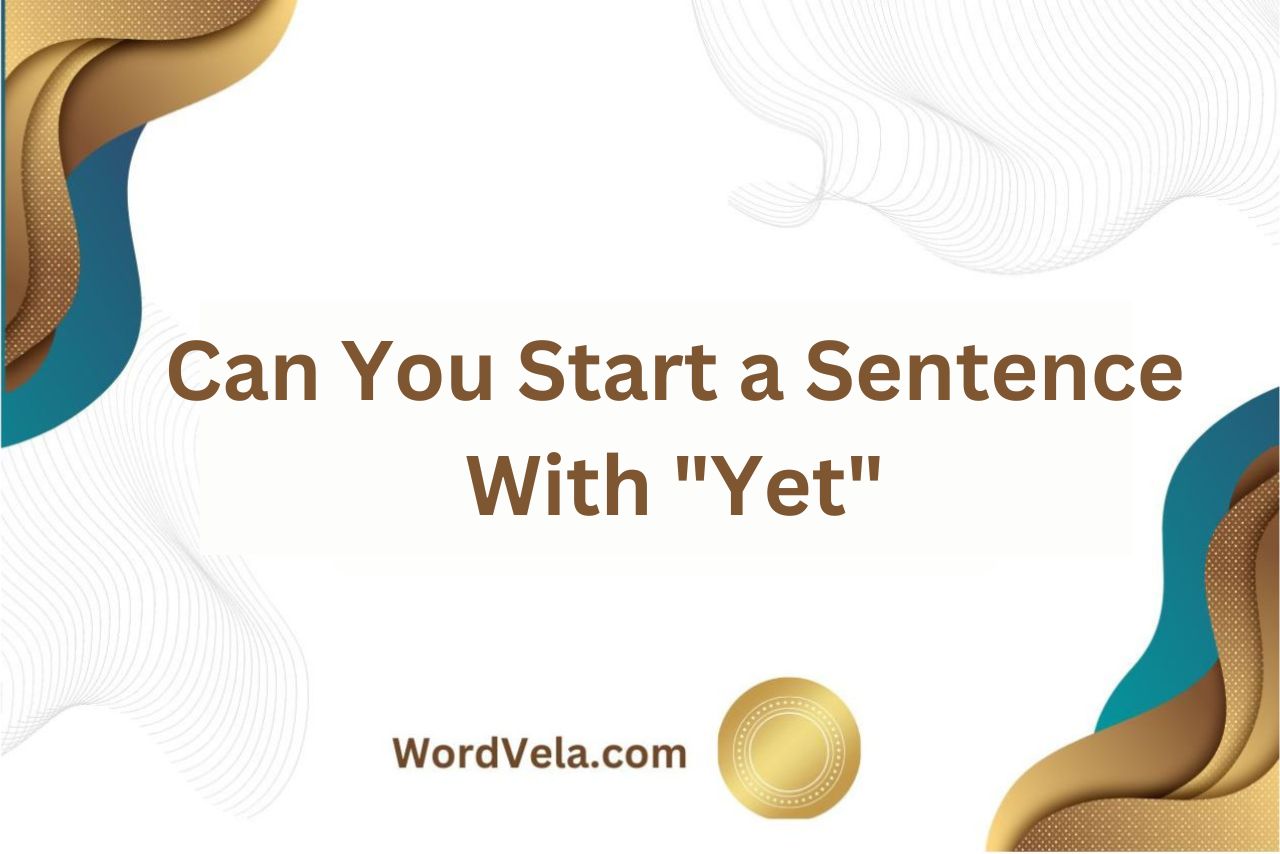Face to Face or Face-to-Face: When it comes to the age-old question of “Face to Face or Face-to-Face? Which word is correct?” clarity in language usage is key.
The difference between the two lies in understanding whether we are referring to a physical meeting in person (face to face) or emphasizing direct interaction (face-to-face).
While both terminologies are commonly used, pinpointing the right context can help ensure effective communication without confusion.
Table of Contents
Face to Face or Face-to-Face:
Both “face to face” and “face-to-face” are correct, but there’s a slight difference in how they’re used:
Face to Face Meaning:
“Face to face” has two main meanings:
In Person Interaction: This is the most common meaning. It describes a situation where two or more people are physically present with each other, close enough to see and speak directly.
Examples:
Direct Confrontation: This meaning emphasizes a situation where people are dealing with something challenging or opposing each other head-on.
Examples:
Face to Face Synonym:
The best synonym for “face to face meeting” depends on the specific aspect you want to emphasize:
Focus on Physical Presence:
Focus on Interaction Style:
Informal Options:
Face to Face Meeting Meaning:
A face-to-face meeting is a gathering where participants are physically present in the same location. It’s the traditional meeting format, before the rise of video conferencing and other virtual tools.
Here’s a breakdown of the meaning:
Is There a Hyphen in Face to Face?
Hyphen in “face to face” depending on how you use it in your sentence:
Face-to-face (with hyphens) is used when it functions as an adjective before a noun. This emphasizes that the meeting or interaction is specifically “face to face.”
- Example: “I prefer a face-to-face interview because I can get a better feel for the candidate.”
Face to face (without hyphens) is more common in other contexts, such as adverbs or prepositional phrases. Here, “face to face” describes the manner of the interaction.
- Example: “Let’s talk face to face about this issue.” (prepositional phrase)
How Do You Use Face to Face in A Sentence?
Here are some examples of how to use “face to face” in a sentence, depending on the context:
What Is Face to Face English Grammar?
“Face to face” primarily functions as a two-word prepositional phrase or adverb, but it can also be an adjective in some cases.
Here’s a breakdown of its grammar:
Prepositional Phrase:
Adverb:
Adjective (Less Common):
Is Face-To-Face Hyphenated UK?
In the UK and most other places that follow British English conventions, there’s no significant difference in hyphenation for “face to face” compared to American English.
Here’s the breakdown:
Both American and British English:
When Should Face-To-Face Be Used?
You should consider using face-to-face interaction when some of these benefits outweigh the drawbacks:
Final Thoughts!
After analyzing the usage of “face to face” versus “face-to-face,” it is evident that both forms are correct. The context in which these phrases are used determines whether a hyphen should be included between the words.
Remembering this distinction will help ensure clear and effective communication in your writing.
Therefore, when deciding whether to use “face to face” or “face-to-face,” consider the specific requirements of the sentence and opt for the form that aligns best with those needs.
By understanding this nuance, you can confidently incorporate these expressions into your text without hesitation about their correctness.












Leave a Reply